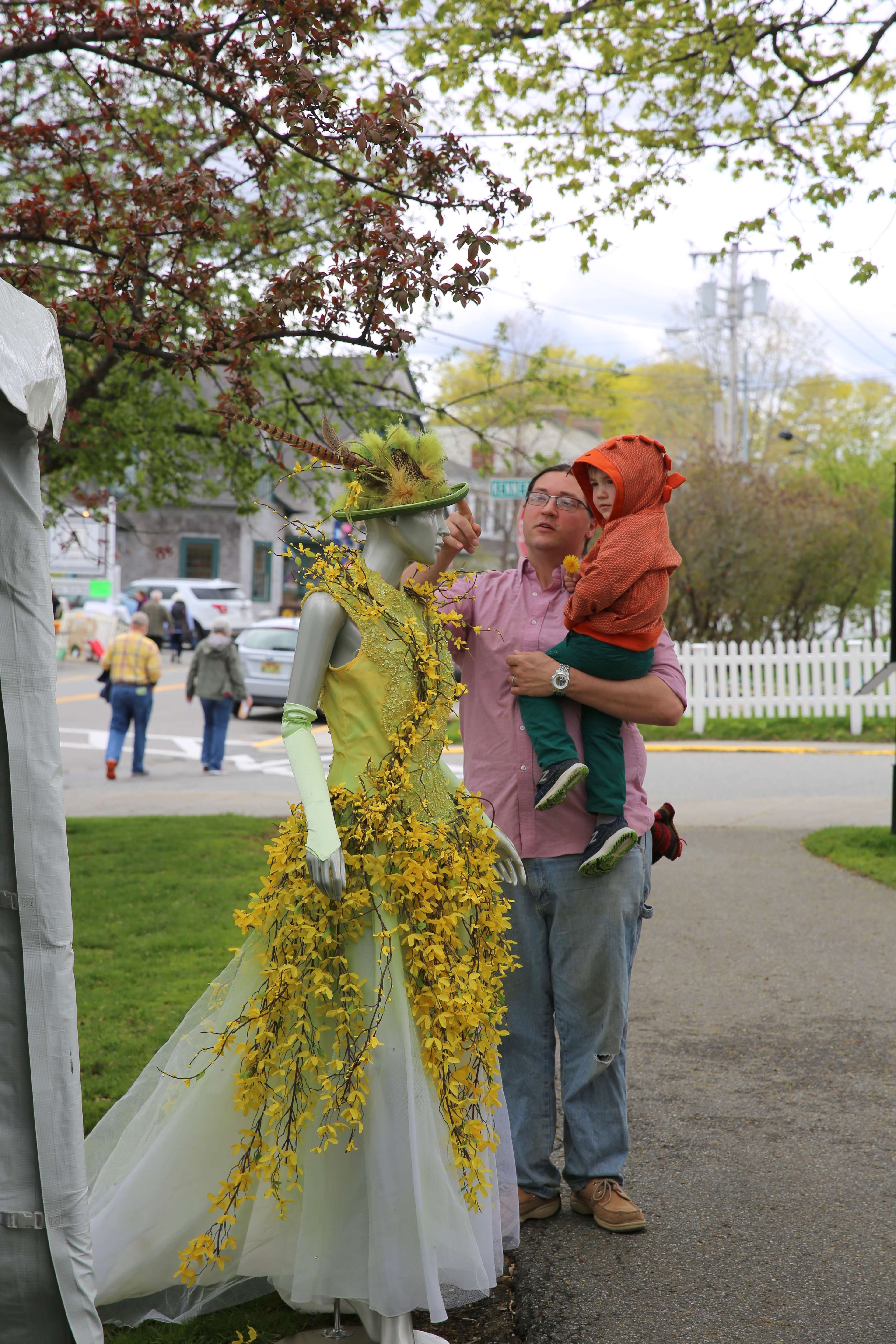
Processing Your Payment
Please do not leave this page until complete. This can take a few moments.
- News
-
Editions
View Digital Editions
Biweekly Issues
- December 1, 2025
- Nov. 17, 2025
- November 03, 2025
- October 20, 2025
- October 6, 2025
- September 22, 2025
- + More
Special Editions
- Lists
- Viewpoints
-
Our Events
Event Info
Award Honorees
- Calendar
- Biz Marketplace
After pandemic hiatus, Abbe Museum's Indian Market will return to Bar Harbor this summer
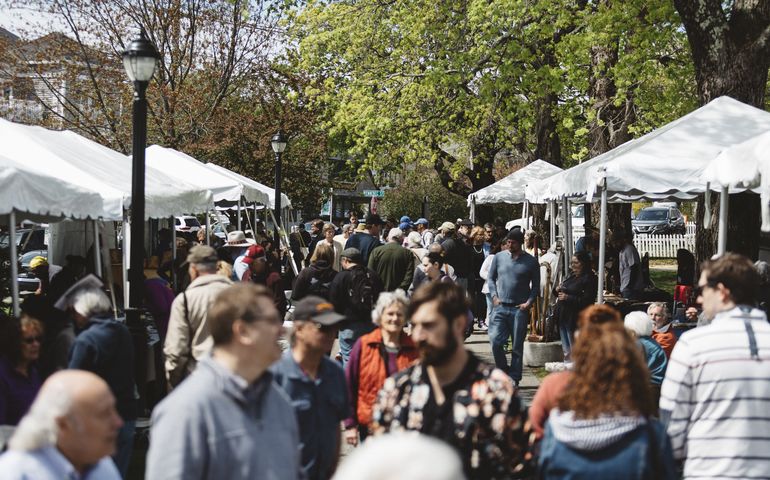 Courtesy / H.B. Mertz
Crowds fill Bar Harbor Village Green for the 2019 Abbe Museum Indian Market.
Courtesy / H.B. Mertz
Crowds fill Bar Harbor Village Green for the 2019 Abbe Museum Indian Market.
The Abbe Museum Indian Market will return to Bar Harbor’s Village Green from June 2-4 with some of its most popular events, including the weekend’s kick-off Preview Party at the Museum on June 2.
After a three-year hiatus, the weekend-long event will feature more than 50 native artists working in forms ranging from baskets and pottery to jewelry and sculpture, along with performances, demonstrations and educational programs.
Guests will have the chance to meet exhibitors, preview the art and vote on the People’s Choice competition at the preview. On Saturday and Sunday, visitors can walk the Village Green visiting exhibitor booths to discuss their work and make purchases. There will also be opportunities to engage with Native art and cultures through performances from musicians and storytellers, as well as demonstrations and educational programs from participating artists.
“We’re delighted that AMIM is re-emerging from the necessary closures of the past few years to once again illuminate Wabanaki artistic excellence and support tribal creative economies,” Betsy Richards, the Abbe Museum’s executive director and a senior partner with the Wabanaki Nations, said in a news release.

The Abbe Museum Indian Market was the first multi-day event of its kind in New England that invites Native American artists from across North America to participate, with the goal of developing Bar Harbor as a top destination for northeastern Native art.
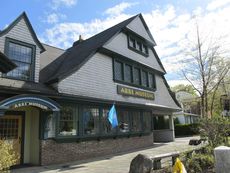
“For many Native artists, their artistic expression is a family tradition, a connection to the past, present and future, interwoven to create functional pieces of art,” said Gabriel Frey, a Passamaquoddy artist. “Family traditions, culture, personal experiences, and hopes for the future live within each piece created. For most, making art provides a source of income, but more importantly, maintains cultural traditions, family connections and language. Wabanaki artistry is a tool for education, cultural resilience and decolonization.”
Almost a decade ago, the Abbe set out to produce a juried Indian Market developed with and for Wabanaki artists, responding to their desires for more accessible market opportunities than those in the Southwest. The inaugural AMIM in 2018 saw the dream realized, with more than 5,000 people heading to Mount Desert Island for a weekend celebrating Indigenous art and cultures.
The market’s second year, in 2019, had approximately 75 Native American artists and performers from over 40 nations, a 40% increase from 2018. The economic benefit to Bar Harbor from the 2018 market was $250,000. That was on track to double in 2019.
The Abbe Museum
Founded in 1926, the Abbe opened to the public in 1928. The mission of Maine’s first and only Smithsonian affiliate is to inspire learning about the Wabanaki Nations. Smithsonian Affiliations is a national outreach program that develops long-term, collaborative partnerships with museums, and educational and cultural organizations to enrich communities with Smithsonian Resources. There are over 200 Smithsonian Affiliates in more than 46 states, Puerto Rico and Panama. Among the program’s benefits, it provides a national outreach manager who serves as a direct liaison to all Smithsonian museums, research centers and education/outreach offices.
With two locations — in downtown Bar Harbor and inside Acadia National Park at Sieur de Monts Spring — the Abbe works closely with the Wabanaki people to share their stories, history and culture with a broader audience. Its collection represents 12,000 years of Native American culture and history in Maine, with over 70,000 archaeological, historic and contemporary objects. Included is the world’s largest and best-documented collection of Maine Native American basketry.
“Members of the Wabanaki art community have worked hard in the past several decades to revive and save our own endangered art forms, particularly the basketry,” said Penobscot basket maker and AMIM artist Theresa Secord. “Native artists appreciate and count on partnerships with museums like the Abbe to help maintain culture through research and exhibitions and to co-host markets that support long-standing, Indigenous entrepreneurship through sales of art.”
The Abbe’s Indian Market is based on models like the Heard Museum Guild Indian Fair & Market in Phoenix, Ariz., and the Santa Fe Indian Market in New Mexico.
The Santa Fe Indian Market, dating back to 1922, is the largest juried Native arts show in the world, attracting over 100,000 visitors from all over the world and 1,000 artists from 200-plus federally recognized tribes from the U.S. and Canada.
Leading up to the first Indian Market in 2018, Abbe officials consulted with organizers of the larger markets and volunteered there in order to understand how they were set up. Volunteers from the Heard Museum Guild traveled to Bar Harbor to provide volunteer assistance.
The museum will communicate more details about the Indian Market on its website and social media pages, including information about participating artists and special events.
Mainebiz web partners

The Giving Guide
The Giving Guide helps nonprofits have the opportunity to showcase and differentiate their organizations so that businesses better understand how they can contribute to a nonprofit’s mission and work.
Learn More
Work for ME
Work for ME is a workforce development tool to help Maine’s employers target Maine’s emerging workforce. Work for ME highlights each industry, its impact on Maine’s economy, the jobs available to entry-level workers, the training and education needed to get a career started.
Learn More
Groundbreaking Maine
Whether you’re a developer, financer, architect, or industry enthusiast, Groundbreaking Maine is crafted to be your go-to source for valuable insights in Maine’s real estate and construction community.
Learn more-
The Giving Guide
The Giving Guide helps nonprofits have the opportunity to showcase and differentiate their organizations so that businesses better understand how they can contribute to a nonprofit’s mission and work.
-
Work for ME
Work for ME is a workforce development tool to help Maine’s employers target Maine’s emerging workforce. Work for ME highlights each industry, its impact on Maine’s economy, the jobs available to entry-level workers, the training and education needed to get a career started.
-
Groundbreaking Maine
Whether you’re a developer, financer, architect, or industry enthusiast, Groundbreaking Maine is crafted to be your go-to source for valuable insights in Maine’s real estate and construction community.
ABOUT
NEW ENGLAND BUSINESS MEDIA SITES
No articles left
Get access now
In order to use this feature, we need some information from you. You can also login or register for a free account.
By clicking submit you are agreeing to our cookie usage and Privacy Policy
Already have an account? Login
Already have an account? Login
Want to create an account? Register
Get access now
In order to use this feature, we need some information from you. You can also login or register for a free account.
By clicking submit you are agreeing to our cookie usage and Privacy Policy
Already have an account? Login
Already have an account? Login
Want to create an account? Register
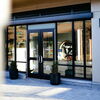

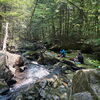


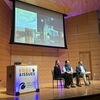

0 Comments